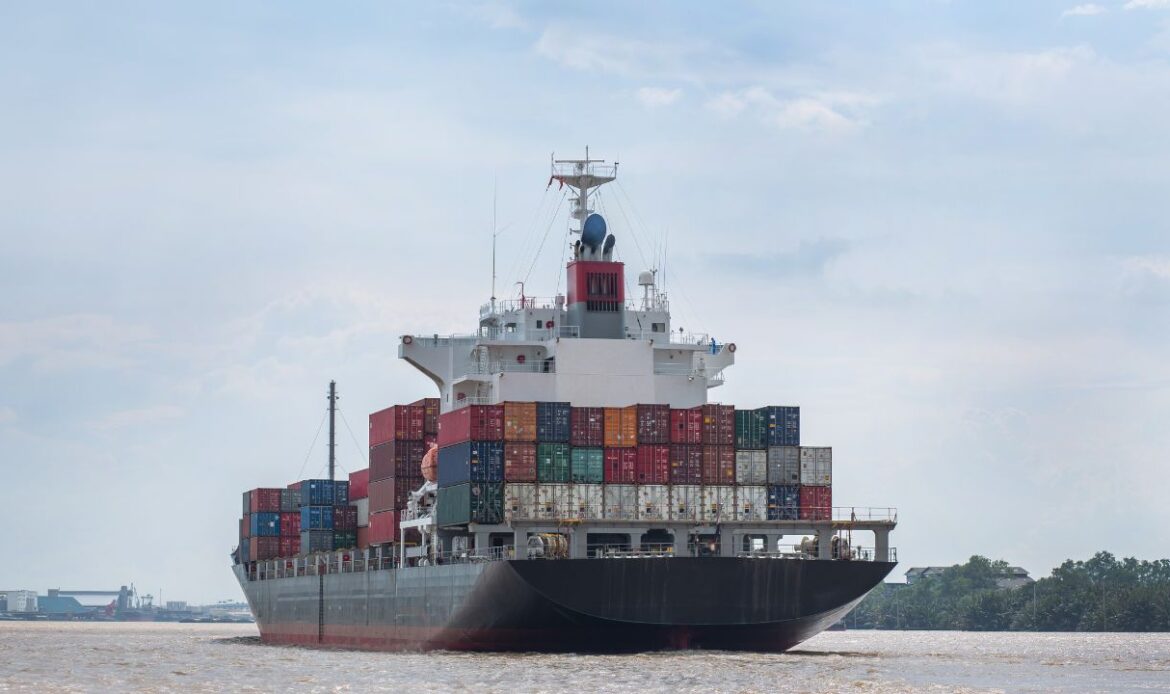
Shipping heavy machinery overseas requires strategic planning, specialized knowledge, and the right freight services. Whether you’re transporting construction equipment, agricultural machines, or industrial tools, the logistics can be complex. The key is to approach it methodically to ensure your heavy cargo arrives safely, on time, and within budget.
This guide shares top tips for shipping heavy machinery overseas with smart, secure, and budget-friendly methods.
1. Understand the Nature of Your Equipment
Before you start the process, it’s vital to understand what kind of equipment you’re shipping. Shipping heavy machinery is not a one-size-fits-all operation. Because different types of equipment have different dimensions, weights, and transport requirements, they must be handled accordingly. Some may be disassembled, while others must be shipped fully intact.
- Construction Equipment: Often includes excavators, bulldozers, and loaders. These machines typically require special handling due to their size and weight.
- Agricultural Machinery: Includes tractors, harvesters, and seeders. They may be easier to transport if partially disassembled.
- Industrial Machines: Large-scale tools and machines used in factories often have complex loading and unloading requirements.
Take measurements, check weight specifications, and identify any detachable components before proceeding. You need this information to choose the right shipping methods and planning for customs clearance.
2. Choose the Right Shipping Method
Selecting the appropriate shipping method can make a significant difference in safety, timing, and cost. The main shipping methods for transporting machinery include:
- Roll-on/Roll-off (RoRo) Ships: Ideal for self-propelled equipment. Dock crews drive your heavy cargo on and off the ship using ramps. RoRo ships are efficient and cost-effective for large wheeled machinery.
- Flat Rack Shipping: Ideal for machinery without wheels that can’t roll on. A crane places the equipment on a flat rack.
- Container Shipping: Works well for smaller machinery or disassembled equipment. Containers protect from weather and theft.
- Lift-on/Lift-off (LoLo) Shipping: Used for non-self-propelled equipment that needs to be craned on and off the ship.
- Air Freight: Rarely used due to high shipping costs, but ideal for urgent or compact but heavy cargo.
To avoid costly mistakes, always consult with experts in international freight before making a decision. That way, you ensure a safe and efficient shipment.
3. Prepare Machinery for Transport
Therefore, Proper preparation is essential when shipping your equipment internationally. It not only reduces risks but also ensures a smoother process during loading, transit, and unloading.
- Clean the Equipment: Dirt, grease, and debris may lead to customs issues or violate import regulations.
- Drain Fluids: Remove fuel, oil, and other liquids to prevent spills and reduce fire risks.
- Secure Loose Parts: Any parts that could move or fall off should be removed or firmly secured.
- Protect Sensitive Components: Use padding, tarps, or custom crates for delicate parts like electronics or glass.
- Label and Document: Clearly label your equipment and include manuals, instructions, and photos for reassembly.
By taking these steps, you help avoid damage during the load and unload process, as well as during transit.
4. Understand Customs Regulations and Clearance Procedures
One of the most critical steps in shipping heavy equipment overseas is dealing with customs clearance. Because every country has different import regulations, documentation requirements, and fees, careful planning is essential.
Key documents typically include:
- Bill of Lading
- Commercial Invoice
- Packing List
- Certificate of Origin
- Import Permits (if required)
- Insurance Certificate
Furthermore, Customs delays cost you time and money, so working with a freight forwarder or customs broker is highly recommended. They will ensure your documents are complete and compliant with the destination country’s regulations.
5. Calculate Total Shipping Costs
Shipping heavy machinery overseas can be expensive. To stay within budget, it’s important to get a detailed cost estimate that includes:
- Freight charges (based on weight and size)
- Port fees
- Customs duties and taxes
- Loading and unloading charges
- Packaging and crating costs
- Insurance premiums
- Inland transportation fees (to and from the port)
You should also consider factors like seasonal pricing, surcharges for special handling, and demurrage charges if delays occur at the port.
To ensure a cost-effective solution, request quotes from multiple international freight service providers. But remember, the cheapest quote isn’t always the best. You want value, reliability, and professionalism.
6. Invest in Shipping Insurance
No matter how well you plan, the risk of damage or loss cannot be eliminated. That’s why investing in shipping insurance gives you peace of mind.
There are typically two types of coverage:
- Total Loss Coverage: Protects you in case the entire shipment is lost or destroyed.
- All Risk Coverage: Offers more comprehensive protection, including partial damages.
Choose a policy carefully that fits your budget and risk tolerance. Make sure to read the fine print and understand what’s included and excluded.
7. Choose a Reliable Freight Partner
Shipping heavy equipment is a complex task that requires expertise. To simplify the process, a reliable freight partner can ensure your machinery reaches its destination safely.
Look for freight services that specialize in heavy machinery overseas transport. They should provide:
- End-to-end logistics solutions
- Customs support
- On-site loading assistance
- Real-time shipment tracking
In addition, check reviews, certifications, and insurance credentials before choosing a company.
8. Optimize Packaging and Crating
Packaging is more than just an afterthought—it actually plays a crucial role in preventing damage during international transport. Custom-built crates, shock-absorbent materials, and secure bindings can protect your equipment.
- Wooden Crates: Best for smaller components and disassembled machinery.
- Steel Frames: Suitable for oversized heavy cargo needing robust support.
- Shrink Wrapping and Tarps: Protects against water, dust, and sun exposure.
Proper packaging also helps load and unload operations go smoothly, which minimizes the risk of mishandling.
9. Consider the Port Infrastructure
Not all ports are equipped to handle large or complex machinery. Before finalizing your shipment route, make sure the destination port can accommodate your cargo’s size and weight.
You should also coordinate with your logistics provider to ensure:
- Proper cranes and forklifts are available
- Adequate storage facilities exist at the port
- Clearance procedures are efficient
This will help avoid delays and extra fees for equipment held up at customs or stuck at ill-equipped terminals.
10. Plan for Delivery and Setup
The final step is ensuring that your equipment is safely delivered and set up at the destination. Consider factors such as:
- Availability of roads and clear paths from the port to the site
- Local permits for heavy transport
- Specialized unloading equipment (e.g., cranes, flatbeds)
- Trained personnel to reassemble the equipment
To ensure a smooth handoff, timely communication with the end receiver is crucial for a smooth handoff. Ensure they are prepared to receive and inspect the machinery.
Conclusion
Shipping heavy machinery overseas can be tough, but with good planning and trusted help, it becomes easier. From picking the right shipping methods, like RoRo ships, to handling customs, there’s a lot to think about. Ensure your equipment is well-packed, insured, and in the hands of experienced international freight providers.
Whether you’re moving construction gear, farm tools, or industrial machines, success depends on good planning and careful handling.
Need help shipping your heavy equipment abroad? Contact the experienced team at Universal Relocations for professional and cost-effective support with your international transport needs.

 800-13-7356
800-13-7356
